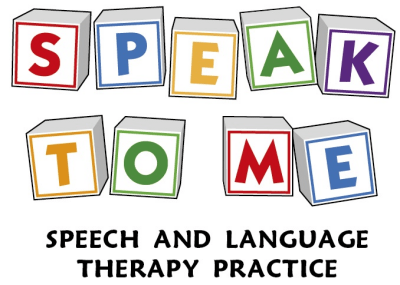How To Use Books To Develop Your Child's Language
- 17 January 2018
- Beth Laurenson
Books are an amazing tool for facilitating your child’s language development and emergent literacy skills. They often contain a variety of different concepts and words, which are not always encountered in daily conversations – which in turn, can increase your child’s vocabulary. Favourite books can be read over and over again, which offers the repetition needed to learn new vocabulary, and language forms. Children’s books often have colourful illustrations to increase your child’s understanding of the story, and provide a shared interest on which to build rich parent-child interactions.
How to maximise your child’s learning during shared storybook reading:
• Don’t be afraid to pause on a page which interests your child, and talk about the pictures or story. In these discussions, you could relate content in the story to your child’s life (e.g. “Yeah, that is a cute cat, it’s a cat just like Bella” or “That looks so yummy, it looks like your birthday cake that we had. Chocolate cake, yum!”), talk about how the characters are feeling (e.g. “Poor Lola, she is feeling sad because she lost her toy”), or simply talk about what is happening in the story (e.g. “woah, that is a huge digger, he is digging up all the dirt” or “Wow! Big hole!”).
• You may like to draw your child’s attention to the written words, by pointing where you start reading, and pointing out familiar letters (“Hey look, Peppa’s name starts with the same letter as yours! – P. P for Peppa and P for Peter”).
• You can find or create books to help to teach your child specific words (e.g. colours, shapes, animal names, prepositions (e.g. look under the flap!), action words, and specific sentence structures). Some examples are: Brown Bear Brown Bear What Do You See? Which is a great book for learning animals and colours, and Where is Spot, which can help to teach prepositions (e.g. under the bed). Children also often enjoy looking at pictures of themselves in personalised books, and the content of the book can be adjusted to suit the child.
• Your child can enjoy listening to rhymes in rhyming books, and for children approaching school age, you can start to point out rhyming words, and discuss what they are (e.g. “See and tree… hey, they sound the same at the end. Listen, see… tree… they both have an eee sound on the end. They rhyme”).
For children who have difficulties with language, books can be an ideal situation in which to target their language goals. Your Speech-Language Therapist can assist you in using specific strategies to target your child’s goals during shared book reading.
